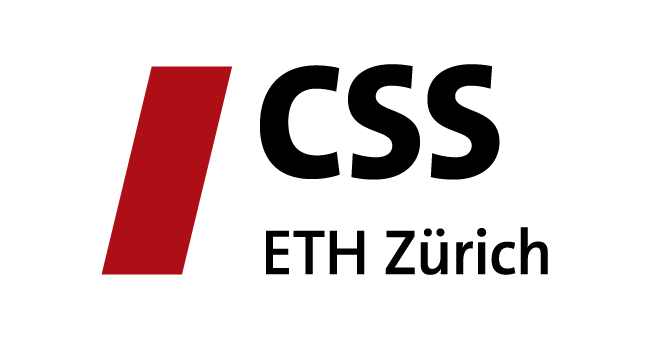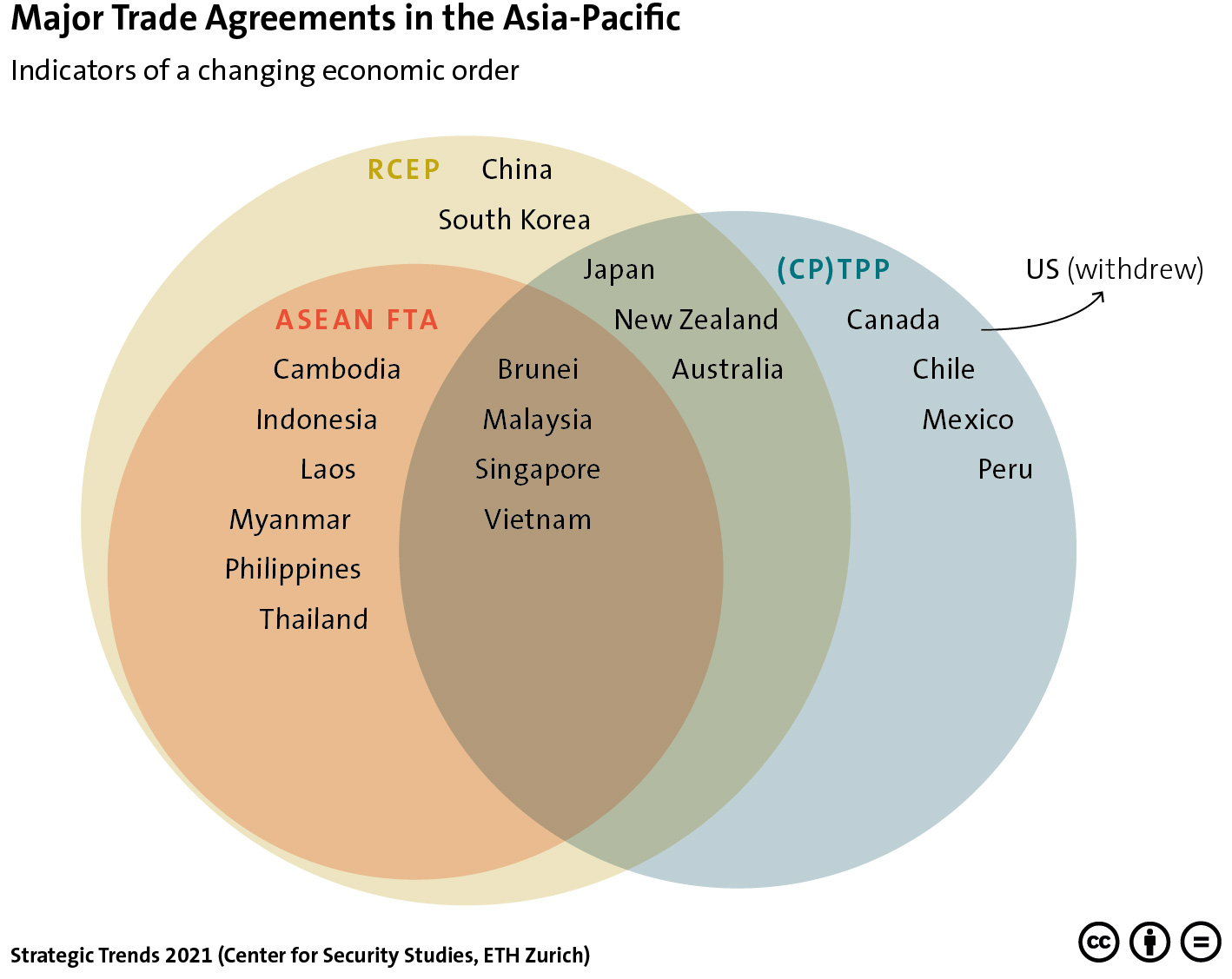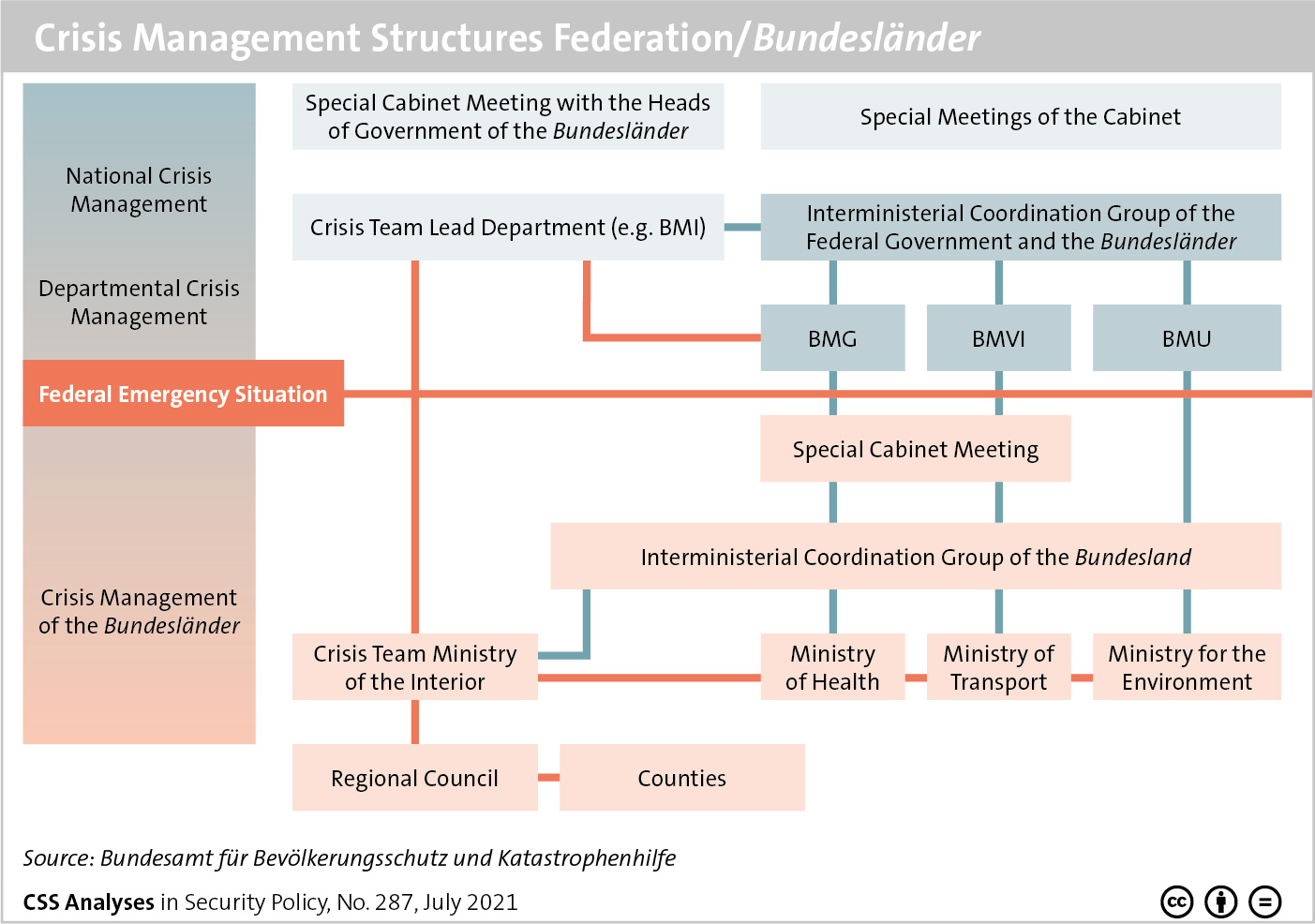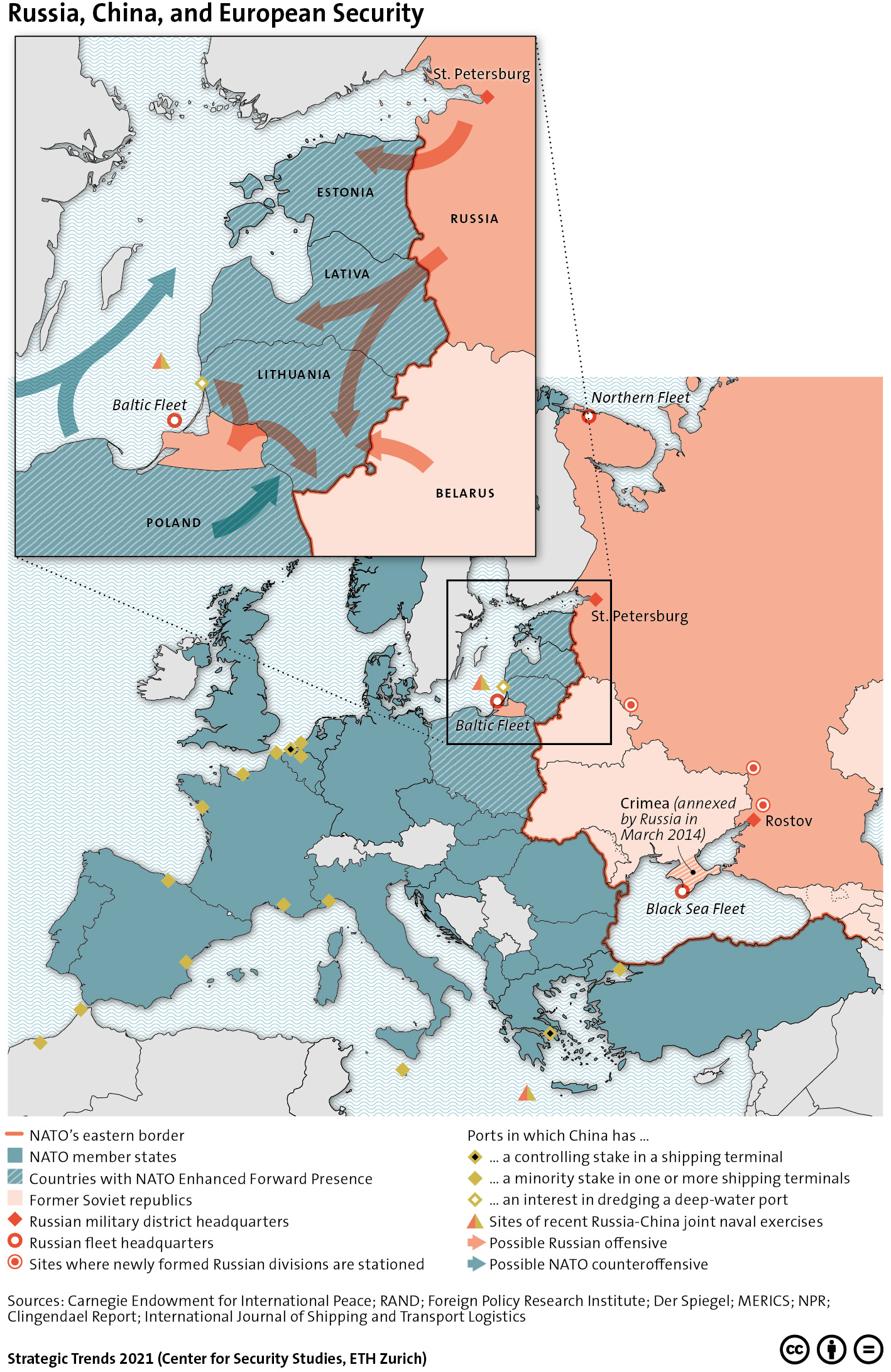
Hindsight is 2020, foresight is 2021. The COVID-19 pandemic abruptly changed the lives of almost everyone on the planet, causing more than four million recorded deaths, changing the way we travel, work, and socialize, as well as reducing the global economic output by trillions of dollars. As such, the pandemic has reinforced the willingness to engage in strategic foresight and to «think about the unthinkable».




